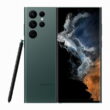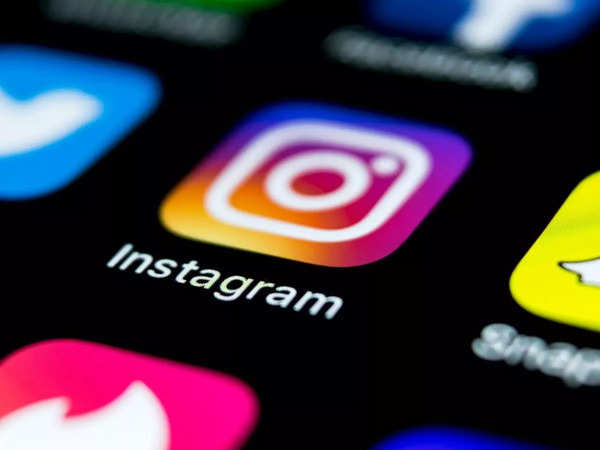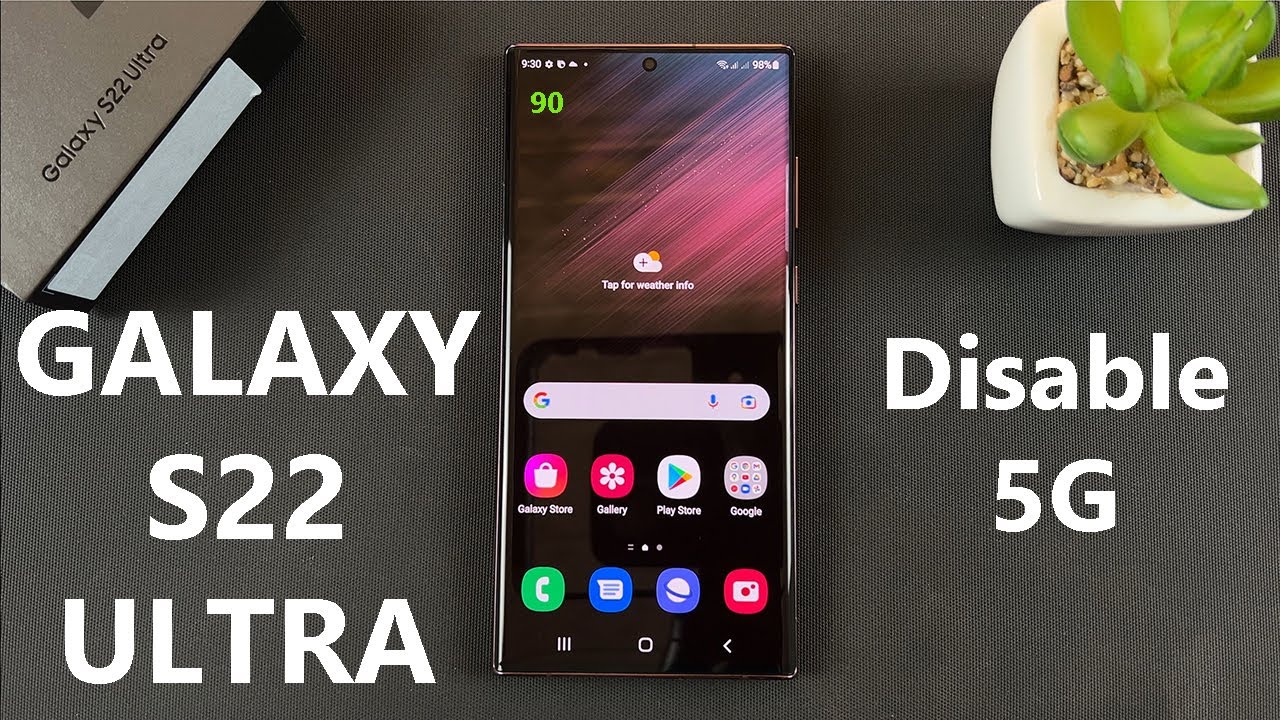USB On-The-Go(OTG) is a highly sought-after feature on Android devices that allows users to connect external USB devices, expanding the capabilities of their smartphones or tablets. However, some Android users have reported issues with USB OTG not functioning as expected on their devices. If you’re experiencing this problem, don’t worry! There are several troubleshooting steps you can take to resolve the issue and get your USB OTG working again. This comprehensive guide will walk you through the process of fixing USB OTG not working on Android devices, providing detailed instructions and explanations for each potential solution.
Reasons Why USB OTG May Not Work:
Before diving into the solutions, let’s explore some common reasons why USB OTG may not be functioning on your Android device. Understanding these reasons will help you identify the root cause and choose the most appropriate solution. Here are some possible reasons:
- Unsupported Device: It’s important to note that not all Android devices support USB OTG. Your device may simply lack the necessary hardware or software support for this feature. Checking the compatibility of your device is the first step in troubleshooting.
- Damaged USB Port or Cable: A damaged USB port on your Android device or a faulty USB cable could be the culprit. Physical damage or connectivity issues in the USB port or cable can prevent a proper connection between your device and the external USB device.
- Outdated Software: Using USB OTG may not work properly if your device’s software is outdated. Software updates often include bug fixes and improvements that can address USB OTG issues. Keeping your device’s software up to date is crucial for optimal performance.
- Insufficient Power Supply: Some USB devices require more power than your Android device can provide. To power certain USB devices, you may need to use an external power source or choose USB devices that consume lower power.
- Third-party Apps: Certain third-party apps installed on your device can interfere with the USB OTG functionality. In some cases, these apps may conflict with the system and prevent proper recognition and usage of external USB devices.
Steps to Fix USB OTG Not Working Issue:
Now, let’s explore the steps you can take to fix USB OTG not working on your Android device. Each solution is accompanied by detailed instructions to help you navigate through the troubleshooting process effectively.
Check USB OTG Compatibility:
The first step is to ensure that your Android device supports USB OTG. Not all devices have this capability, so it’s essential to verify compatibility. To check if your device supports USB OTG:
- Refer to the device’s technical specifications provided by the manufacturer. Look for USB OTG support in the feature list.
- Download and install a USB OTG checker app from the Google Play Store. These apps can detect if your device supports USB OTG and provide additional information about it’s capabilities.
If your device is not compatible with USB OTG, unfortunately, there’s no solution other than using a compatible device.
Check USB Cables and Connectors:
Next, carefully examine the USB cable and connectors you’re using. Issues with the cable or connectors can prevent proper connectivity. Follow these steps to check the USB cables and connectors:
- Inspect the USB cable you’re using to connect your Android device to the external device. Look for any signs of damage, such as fraying, bent pins, or loose connections. If there is any damage, replace the cable.
- Verify the condition of your Android device’s USB port. Ensure that it is clean, free from debris and not damaged. Use a gentle, dry cloth to clean the port if necessary.
- Similarly, clean the USB port of the external device to ensure a clean and reliable connection.
- If possible, try using a different USB cable or adapter to connect the external device to your Android device. Faulty cables or adapters can cause connectivity issues, so using a different one may help identify the source of the problem.
Restart the Android Device:
A simple restart can often resolve software glitches or temporary issues that may be affecting USB OTG functionality. Follow these steps to restart your Android device:
- Press and hold the Power button on your Android device until the Power Off menu appears.
- Tap on the option to Power Off or Restart, depending on the available options.
- After your device has powered off, wait a few seconds and then press the Power button again to turn it back on.
- Once the device has rebooted, try using USB OTG and check if the issue has been resolved.
Check for Software Updates:
Outdated software can sometimes cause compatibility issues with USB OTG. Keeping your device’s software up to date is essential for optimal performance. To check for software updates on your Android device:
- Open the Settings app on your Android device.
- Scroll down and tap on the System or About phone option.
- Look for the System Update or Software Update option and tap on it.
- If an update is available, follow the on-screen instructions to download and install it.
- Once the update is installed, restart your device and test USB OTG again to see if the issue has been resolved.
Enable USB Debugging in Developer Options:
Enabling USB debugging in Developer Options can sometimes help resolve issues with USB OTG. Here’s how to enable USB debugging:
- Go to the Settings app on your Android device.
- Scroll down and tap on About phone or About device.
- Locate the Build number and tap on it several times until a message appears indicating that you’ve unlocked Developer Options.
- Go back to the main Settings menu and scroll down to find Developer Options. Tap on it.
- In the Developer Options menu, scroll down and locate USB debugging. Toggle the switch to enable it.
- Connect your external device to your Android device using the USB OTG cable.
- When prompted, allow USB debugging on your device.
Enabling USB debugging may help establish a proper connection between your Android device and the external USB device.
Use Third-party OTG Apps:
If the previous solutions didn’t work, you can try using third-party OTG apps available on the Google Play Store. These apps can provide additional features and compatibility with a wide range of USB devices. Here’s how to use third-party OTG apps:
- Open the Google Play Store on your Android device.
- Search for OTG checker or OTG connector apps.
- Choose a reputable app with positive reviews and download it.
- Connect your external USB device to your Android device using the USB OTG cable.
- Launch the downloaded OTG app and follow the on-screen instructions to check if your external device is detected and working properly.
Keep in mind that not all third-party OTG apps will be compatible with your specific Android device, so you may need to try different apps to find one that works best for you.
Try a Different USB OTG Cable or Adapter:
If USB OTG is still not functioning correctly, consider trying a different USB OTG cable or adapter. Faulty cables or adapters can cause connectivity problems, so using a different one may help identify the source of the issue.
Test with Other USB Devices:
To further troubleshoot the problem, connect different USB devices to your Android device using the USB OTG cable. If your device recognizes the new USB device, it suggests that the issue lies with the original external device. If your device doesn’t recognize the new USB device, it indicates a problem with your Android device.
Factory Reset(Optional):
If none of the previous solutions have resolved the USB OTG issue, you can consider performing a factory reset on your Android device as a last resort. However, keep in mind that a factory reset will erase all data on your device, so make sure to back up any important information beforehand. Here’s how to perform a factory reset:
- Go to the Settings app on your Android device.
- Scroll down and tap on System or System and Updates.
- Select the Reset options or Backup & Reset option.
- Choose the Erase all data(factory reset) option.
- Follow the on-screen instructions to confirm and initiate the factory reset.
- Once the process is complete, set up your device as new and test USB OTG again to see if the issue has been resolved.
Visit a Service Center:
If none of the previous solutions have been successful and USB OTG is still not working on your Android device, it may be necessary to visit an authorized service center. The service center can diagnose and repair any hardware-related issues with your device. If your device is still under warranty, the repairs may be covered free of charge. However, if the issue is not covered under warranty, there may be associated costs.
Conclusion
USB OTG is a valuable feature that enhances the functionality of Android devices, allowing users to connect external USB devices for expanded capabilities. If you’re facing issues with USB OTG not working on your Android device, it’s essential to go through the troubleshooting steps outlined in this comprehensive guide. By following these steps, you can identify the root cause of the problem and implement the appropriate solutions. Remember to check compatibility, inspect cables and connectors, update software, enable USB debugging and consider other potential fixes. If all else fails, visiting a service center may be necessary. With these steps, you’ll be able to resolve USB OTG issues and regain the full potential of your Android device.
Experiencing difficulties with your Device, check out our “How To” page on how to resolve some of these issues.






